Flying 240 Miles In 22 Minutes
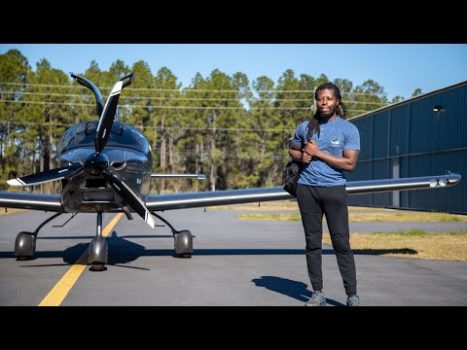
Today I am flying 242 miles north to Winston-Salem.
This trip is one of many because I’ve been working on an aviation project there. I will announce what this is about soon so please stay tuned.
This was a relatively smooth flight. Cool air at 9,500 ft. Air traffic control was also great and helped out. For the aircraft performance, I was cruising at 148 kts (170 mph) true airspeed which gave me about 138 kts (159 mph) ground speed. 129 kts (148 mph) indicated airspeed. All while burning only 7.3 gallons of fuel per hour.
The Sling TSi is a great performing an economical machine. Hope you tag along and enjoy the flight.
See you at 9,500.
What is the maximum speed of the XB-1 and how is it able to achieve this speed?
Flying 240 Miles in 22 Minutes
The aviation industry has come a long way since the Wright Brothers’ first flight in 1903, and the recent breakthrough in jet propulsion technology has enabled humans to travel at unprecedented speeds. One such advancement was seen when a passenger jet flew from Los Angeles to Las Vegas in just 22 minutes, covering a distance of 240 miles. This groundbreaking achievement has caught the attention of aviation enthusiasts worldwide.
The aircraft used in this incredible feat was the XB-1, a supersonic jet designed and built by a company called Boom Supersonic. The XB-1 is a 1/3 scale test aircraft that is considered a precursor to the forthcoming supersonic airliner named Overture. Its maiden voyage, which took place on 7th October 2020, saw the XB-1 fly from California to Nevada, breaking the sound barrier with ease, while completing the journey in record time thanks to its supersonic speed.
The XB-1 features a delta-wing design which increases its aerodynamic efficiency and improves its stability. At a length of 71 feet, the jet’s fuselage is made up almost entirely of carbon fiber composites to reduce weight and increase its power to weight ratio. It is powered by three General Electric J85-21 turbojets, which provides the XB-1 with awe-inspiring thrust and the ability to fly at a maximum speed of Mach 2.2, equivalent to 1,700 miles per hour.
The successful demonstration of the XB-1 is a harbinger of things to come in the aviation industry. The supersonic airliner Overture is under development and is expected to change the way we travel. With the ability to fly at twice the speed of sound, a journey from New York to Los Angeles would take just three and a half hours rather than five and a half, and a trip from London to Sydney almost cutting travel time in half.
However, the development of supersonic travel has faced its share of challenges, including excessive noise due to the sonic boom, high fuel consumption, and high operating costs. Nevertheless, advocates argue that the benefits of supersonic travel far outweigh its drawbacks.
In conclusion, the test flight of the XB-1 is a remarkable achievement in the aviation industry. The technology that propelled it to a speed of 1,700 miles per hour is truly awe-inspiring, and it signifies great things for the future of air travel. It is possible that the age of supersonic commercial travel is upon us, and we might soon be able to travel from one corner of the world to another in a matter of hours. The development of supersonic travel may face some obstacles, but with advancements in technology, we hope to see the implementation of this mode of travel soon.
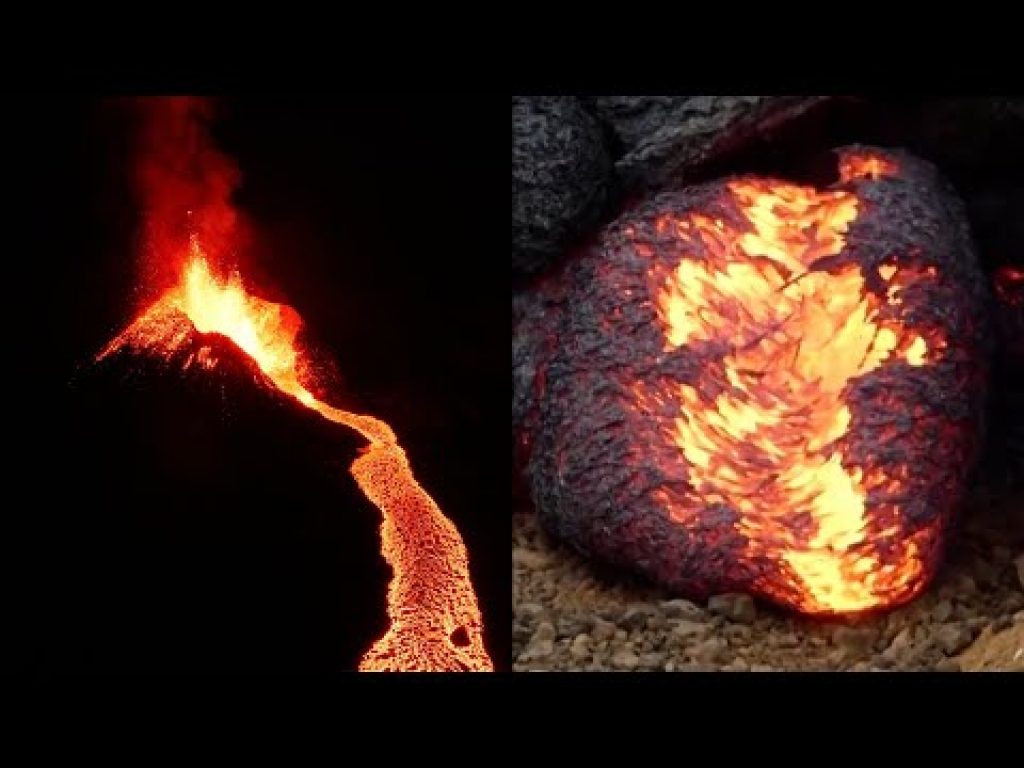


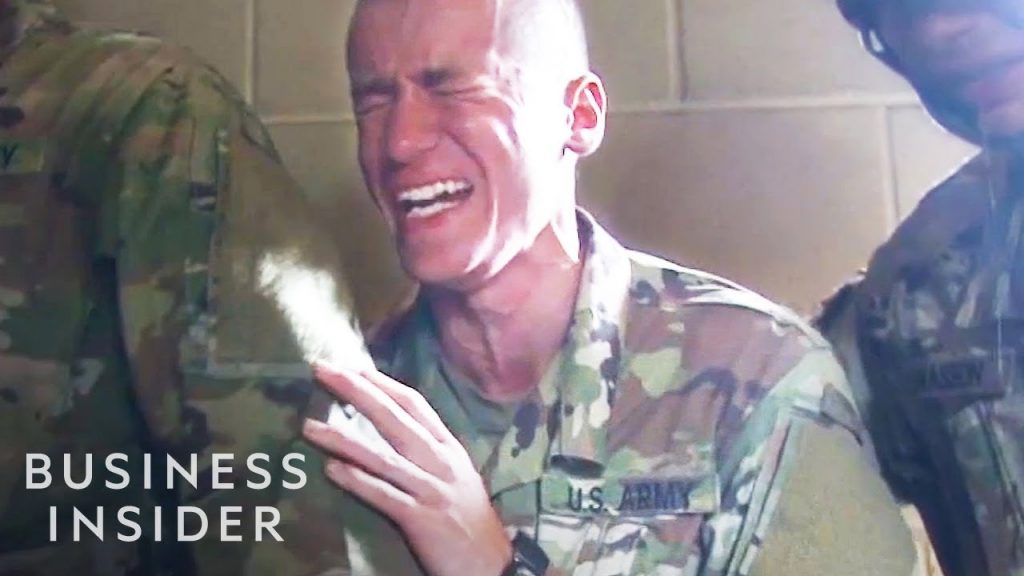

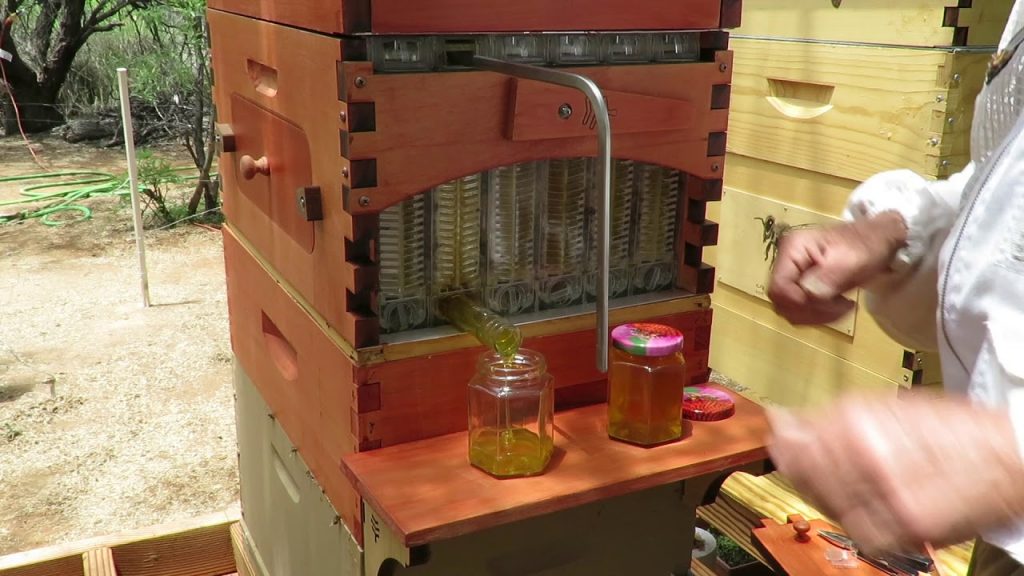

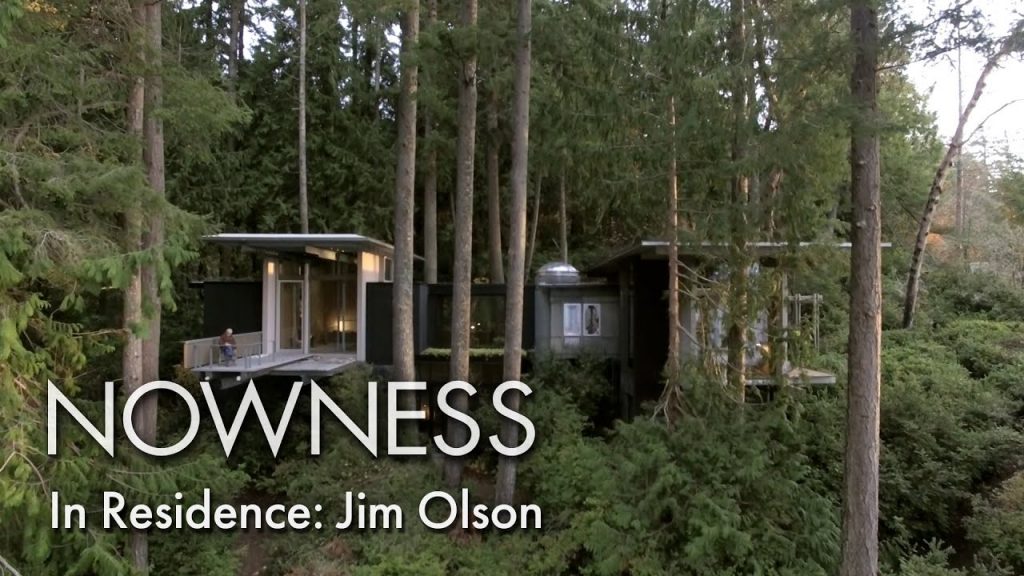

How To Start An Airline
Feral Hogs Are Tearing Up Texas, So Tourists Are Shooting Them from Helicopters
70’s Fashion Trends We’re Still Wearing in 2021
$120 Million Private Island With Private Airfield – Bahamas
We Took a Tour of Prince’s Home Before Coronavirus Shut it Down